On a rare tour of Rolex’s movement-manufacturing complex in Bienne, Switzerland, WatchTime’s Joe Thompson and Norma Buchanan witnessed the making of the Cosmograph Daytona Caliber 4130.
The first thing that strikes you is its sheer size. The Rolex movement-making complex, on the outskirts of Bienne, Switzerland, is a study in gigantism. It consists of four monolithic buildings, occupying 170,000 cubic meters of space. It’s imposing, and, with its air of impregnability, a little mysterious. We ride out there one February afternoon because Rolex has agreed to give us, two WatchTime editors, a tour of the facility, a mainplate-to-hairspring view of how it makes its movements, 750,000-plus of them per year. Before the tour, we receive a background briefing, a combination of live presentation and film. It takes place in a proportionately large auditorium attached to what is surely the biggest watch-company reception area we’ve ever been in: a two-story-high, light-filled atrium with a Rolex-green marble floor. This complex, Manufacture des Montres Rolex SA, located in an industrial zone called Champs-de-Boujean, is the sister of Rolex SA in Geneva, which makes cases, bracelets and dials; assembles the watches; and does the company’s gem-setting. Rolex corporate headquarters are also in Geneva.
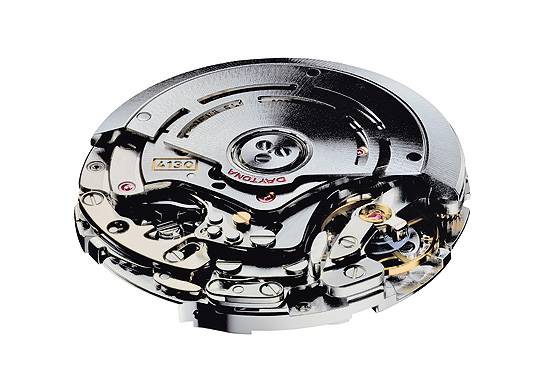
Here in Bienne, about 2,000 employees make movement components, 50 million of them per year, assemble the movements, and send them to Switzerland’s chronometer-testing agency, COSC (Contrôle Officiel Suisse des Chronomètres) to receive chronometer certification. (All Rolex-made movements receive certification except for most in the Cellini collection — although Cellini Prince models are COSC-certified.) Rolex Bienne then ships the movements to Rolex Geneva for casing. The four Bienne buildings, set against the backdrop of the Jura mountains, are called Rolex III, IV, V and VI. (Rolex I and II are old, former factory buildings near the center of Bienne. Rolex no longer owns them.) The company also has a factory in the town of Le Locle, employing 150 people, where some movement assembly takes place.
Until 2004, Rolex Bienne and Rolex Geneva had different owners. The former belonged to the descendants of Jean Aegler, whose Aegler SA factory in Bienne provided movements to Rolex founder Hans Wilsdorf starting in 1905. Rolex Geneva was, and still is, owned by the Hans Wilsdorf Foundation, which Wilsdorf established in 1945. Several years ago, Rolex Geneva bought the Bienne facility and the two were merged. That move, along with Rolex’s long-term project of acquiring many of its suppliers of components and equipment, has transformed the company into a vertically integrated manufacture. Class over, we set out on the tour. It will have a theme, says François Paschoud, one of the facility’s technical directors: We will be following the manufacturing steps of Rolex’s famous Caliber 4130, the chronograph movement that Rolex launched in 2000 to replace the Zenith El Primero caliber it had been using in its Cosmograph Daytona models. That introduction was a major event for Rolex; it meant that from that point on all movements used in the Rolex brand were made in-house (watches in Rolex’s sister brand, Tudor, have ETA movements).
Click here to download the full article in WatchTime’s Rolex E-Special.
This article was originally posted on December 28, 2012 and has been updated.

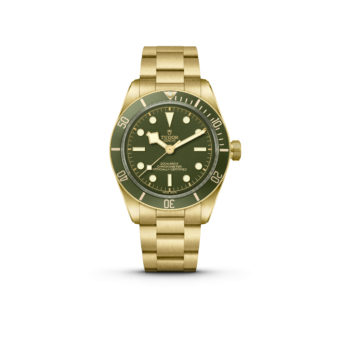
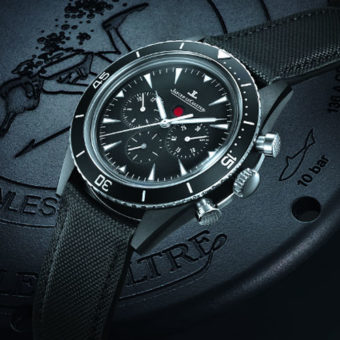
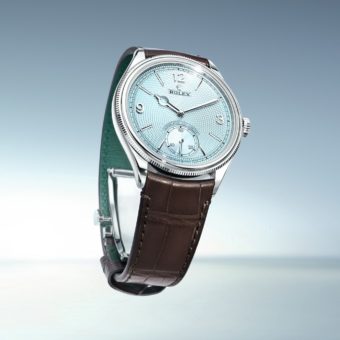
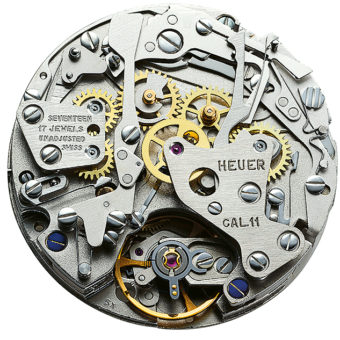
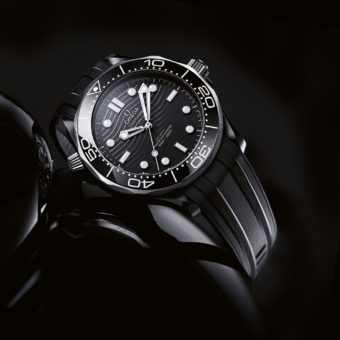
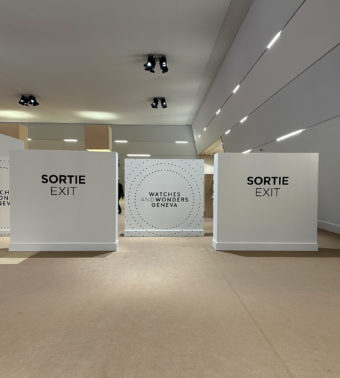
Rolex, like most Swiss luxury watches, is heavily marketed. The Swiss are good at marketing and have been for 400 years. Rolex is especially good, thus their undeniable success. Rolex is a well made watch and a joy to service–at least they were when they would still sell repair parts.
Omega, on the other hand, while making wonderful watches for many years, and actually, going back forty or fifty years, held in higher esteem than Rolex, since being swallowed up by SWATCH Group are nothing more than pedestrian ETA movements tarted up with perlage.
The Co-Axial escapement? There is that. It has been through at least three iterations now and the jury is still out on reliability. This is the movement designed to run without oil. However, if one wishes access to Omega parts, one must take a class in New Jersey on how to properly oil the Co-Axial escapement.
My Dad bought a Rolex when I was a toddler (late 1950’s). It was to be worn, not a toy to be shown off. He lost it while throwing bait out in a River fishing competition. Devastated he was telling the other anglers on the bus ride home. Someone piped up ‘that’s odd, I caught a watch today’. There it was, Dad’s Rolex, thrown (flung off the end of his arm anyway), into a River, down to the bottom, and then hooked and retrieved.
I’m nearly 58 now, Dad ‘lives’ in an urn, his watch lives with my son. The watchband is stretched well out of shape and so can’t be worn in its present state, but unlike Dad it is still ticking.
For me there’s only one brand.
R
25.11.2014
(true story)
waw ! what a story
FOR ME THERE IS ONLY ONE BRAND TO LOVE, APPRECIATE AND LIFE-POSSESS. THE NAME STARTS WITH THE LETTER R AND ENDS WITH X. THE ALFA AND OMEGA OF WATCH-MAKING. ROLEX, ROLEX, ROLEX…………..
I have yet to see any scientific proof that most Rolex watches are more accurate or more durable or more water resistant then reasonably priced watches that almost anyone can afford.
The one thing that really sets Rolex watches apart is many designs are copied by other manufacturers. All of my watches are based on Rolex or Britling designs that are classic.
If all of the engineering and hand manufacturing resulted in a dramatically superior product then Rolex pricing would be justified. So far most of their watches depreciate dramatically unless there are special circumstances that say otherwise.
Wrong! I own one and its an animal!! Probably your problem is you can’t afford one.
Rolex watches are mass produced and over-advertised status symbols. You are paying double for this advertising onslaught compared to my Omega Seamaster! Use your head. They aren’t even in the top 50 premium watch brands!
And omega is !!!! enjoy your mickey mouse watch.
Interesting reading! tnx for the info, giving us rollies fans more insight.